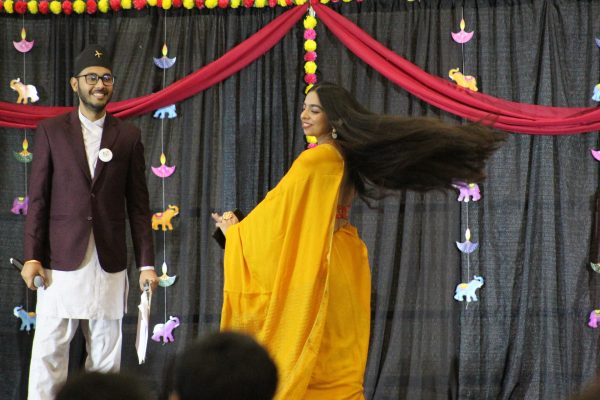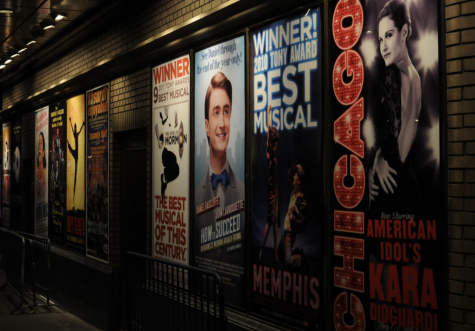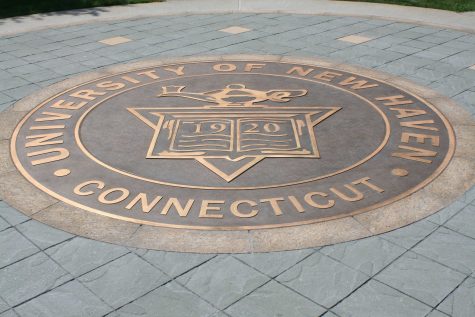The future of concerts
Not too long ago, concert-going was a little more than a typical pastime for music enthusiasts. One might check out the venue before going to find parking or the best route from the train station, but no matter the travel method, a packed venue was usually the destination. Since COVID-19 has taken the global stage, those once joyful musical outings have become cherished memories that concertgoers wish to go back to. However, when the time comes, what will become the new norm?
The short answer is that there is no definitive answer. Those with a vested interest in music around the world have been experimenting with what to do next in the age of COVID-19.
In the city of Stratford, Connecticut, Make Music Day is a celebration that is taken to the streets, but this year due to COVID-19, the roundup of musicians released video performances to the cause to be posted on YouTube in a playlist. One of these performers was Housatonic Community College faculty member, Yotisse Williams.
Williams is a musician that is often seen performing with his children at gigs. He can be found in local restaurants and bars, or at the very school he works at, playing music for crowds. Since the slow reopening of venues throughout the state, Williams had not received word from his regularly played sites. He had, however, received word from ‘Make Music Day’, where he was asked to send in videos of his music. Williams participated, but could feel the impact of not having been able to perform live, saying, “There’s a real beauty in playing a live event. When a performance is live, there’s a sense of spontaneity involved. There’s something that you can’t recreate when you do a live performance that is lost when all you share is a video.”
For some, producing musical content via pre-recorded videos is the easiest solution, even though this solution was not shared by every city participating in Connecticut’s Make Music Day. Make Music Day-Stamford took to downtown to have in-person musical shows, whereas New Haven live-streamed their events online. Had Williams been approached by another city for Make Music Day, he may have been able to hold a semblance of the impromptu performing he misses.
With any one city choosing to celebrate “Music Day” differently from one another, it may be hard to assess which format should become the norm. Looking at other festivals and events, however, can give a bit more clarity. Currently, both methods used by Stamford and New Haven are favored for shows in the future.
As Make Music Day-New Haven did, so too does Rolling Loud. Rolling Loud, the popular annual hip hop music festival, postponed its concert from May 2020 to February 2021. Amid the waiting for their next event, Rolling Loud established a Twitch channel where they had their first live-streamed concert on Sept. 12 and 13. Live-streaming is not a novel idea. The Stamford Symphony adapted quickly to the change in the societal climate. From the haunting realization that live events were to be suspended, they opened the Stamford Symphony Channel, which produces pre-recorded videos for people to enjoy alongside live Zoom calls with musicians. There are endless examples of live streaming becoming the answer people have found for this dilemma, but there are examples of in-person concerts happening in more recent times.
Even under the same category of in-person concerts, there are different executions of the format. On Aug. 8, the world saw Taiwan’s first ten-thousand-person concert. This concert did not make room for social distancing in the arena, but masks were mandated. This concert allowed the same energy that many are used to from Pre-COVID concert-going. Newcastle, UK’s Virgin Money Unity Arena has created a venue that promotes socially-distanced concert viewing. Unity Arena created 500 raised platforms for groups of up to five to join one another to enjoy the concert. Up to 2,500 people may not be the same for 10,000, but the ability for venues to start managing these large numbers during the COVID era creates an auspicious outlook for future endeavors in concert-going.
While there is no definitive consensus on how musical venues will continue in the coming year, what we can observe is that with the prevalence of live-streaming, and the isolated cases of in-person performances, the norm may be a mixture of these two formats. With the ease of live-streaming concerts, making private and limited sessions with platforms such as Zoom, sticking to online concerts may be the norm, with a slow rise in in-person performances happening over the next year. This may ultimately lead to in-person concerts eventually overtaking online concerts as the dominant viewing choice, or for both to become concurrent powerhouses in musical showmanship. Either way, it is going to take time for gig musicians to find the norm that they once were settled in.







